Forums
- Forums
- Duggy's Reference Hangar
- RAF Library
- Avro 691 Lancastrian
Avro 691 Lancastrian
Post a reply
- Go to Previous topic
- Go to Next topic
- Go to Welcome
- Go to Introduce Yourself
- Go to General Discussion
- Go to Screenshots, Images and Videos
- Go to Off topic
- Go to Works in Progress
- Go to Skinning Tips / Tutorials
- Go to Skin Requests
- Go to IJAAF Library
- Go to Luftwaffe Library
- Go to RAF Library
- Go to USAAF / USN Library
- Go to Misc Library
- Go to The Ops Room
- Go to Made in Germany
- Go to Campaigns and Missions
- Go to Works in Progress
- Go to Juri's Air-Raid Shelter
- Go to Campaigns and Missions
- Go to Works in Progress
- Go to Skinpacks
- Go to External Projects Discussion
- Go to Books & Resources
-
8 years agoFri Mar 11 2022, 12:57pmDuggy
 Main AdminThe Avro 691 Lancastrian was a Canadian and British passenger and mail transport aircraft of the 1940s and 1950s developed from the Avro Lancaster heavy bomber. The Lancaster was named after Lancaster, Lancashire; a Lancastrian is an inhabitant of Lancashire.
Main AdminThe Avro 691 Lancastrian was a Canadian and British passenger and mail transport aircraft of the 1940s and 1950s developed from the Avro Lancaster heavy bomber. The Lancaster was named after Lancaster, Lancashire; a Lancastrian is an inhabitant of Lancashire.
The Lancastrian was basically a modified Lancaster bomber without armour or armament and with the gun turrets replaced by streamlined metal fairings, including a new nose section. The initial batch was converted directly from Lancasters; later batches were new builds.
Design and development
In 1943, Canada's Victory Aircraft converted a Lancaster X bomber for civil transport duties with Trans-Canada Airlines (TCA). (After the war Victory Aircraft was purchased by what became Avro Canada). This conversion was a success resulting in eight additional Lancaster Xs being converted. The "specials" were powered by Packard-built Merlin 38 engines and featured a lengthened, streamlined nose and tail cone. Range was increased by two 400 gal (1,818 L) Lancaster long-range fuel tanks fitted as standard in the bomb bay. These Lancastrians were used by TCA on its Montreal?Prestwick route.
Operational history
In 1945, deliveries commenced of 30 British-built Lancastrians for BOAC. On a demonstration flight on 23 April 1945, G-AGLF flew 13,500 mi (21,700 km) from England to Auckland, New Zealand in three days, 14 hours at an average speed of 220 mph (354 km/h).
The Lancastrian was fast, had a long range, and was capable of carrying a heavy load, but space inside was very limited as the Lancaster had been designed with space for its seven crew dispersed throughout the fuselage, and the 33 ft (10.05 m) long bomb bay. Consequently, it was not suited to carry large numbers of passengers, but was suitable for mail and a small number of VIP passengers. BOAC used it for flights between England and Australia from 31 May 1945. It also served with the RAF; RAF Lancaster I serial number PD328, was converted to a Lancastrian and renamed Aries, as well as serving with QANTAS and Flota A?rea Mercante Argentina.
Lancastrians were used during the Berlin Airlift to transport petrol; 15 aircraft made over 5,000 trips. In 1946 a Lancastrian operated by BSAA was the first aircraft to make a scheduled flight from the then-newly opened London Heathrow Airport.
Lancastrian engine testbeds
With the advent of gas turbine engines there emerged a need to test the new engines in a controlled flight environment in well instrumented installations. An ideal candidate emerged as the Avro Lancastrian which could easily accommodate the test instrumentation as well as fly on the power of two piston engines if required. Several Lancastrians were allocated for engine test-bed work with turbojet engines replacing the outer Merlin engines or test piston engines in the inner nacelles. Fuel arrangements varied but could include Kerosene jet fuel in outer wing tanks or fuselage tanks, with AVGAS carried in remaining fuel tanks.
"Star Dust"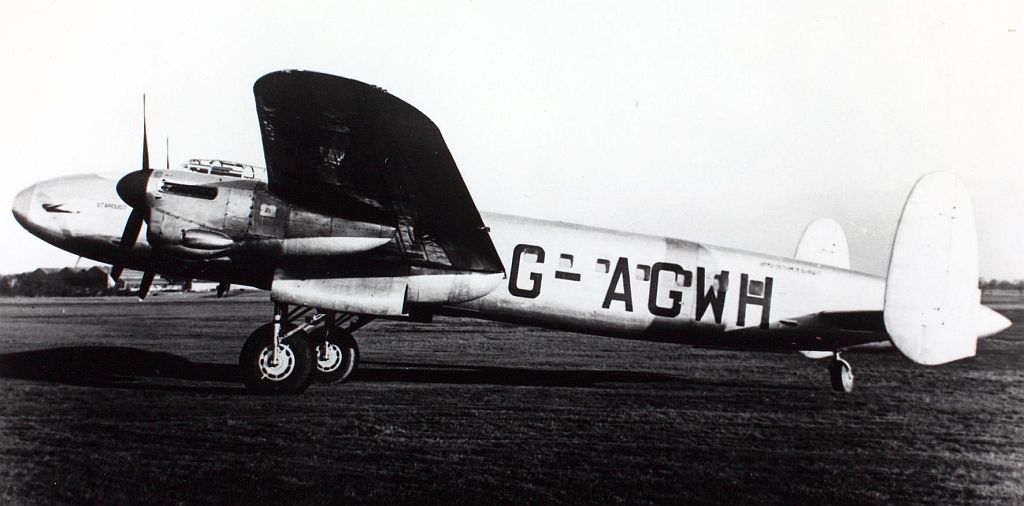
On 2 August 1947 Lancastrian G-AGWH Star Dust of British South American Airways was lost in the Argentine Andes, whilst en route from Buenos Aires, Argentina, to Santiago, Chile. The probable cause of the crash was a navigation error due to the then-unknown effect of the fast-moving jetstream.
LINK -- https://en.wikipedia.org/wiki/1947_BSAA_Avro_Lancastrian_Star_Dust_accident
Variants
Lancaster XPP
Nine built by converting Lancaster Mk.Xs at Victory Aircraft Ltd Canada.
Lancastrian C.1
Nine-seat transport aircraft for BOAC and Qantas. Royal Air Force designation Lancastrian C.1 to Specification 16/44. A total of 23 built by Avro
Lancastrian C.2
Nine-seat military transport aircraft for the RAF. A total of 33 built by Avro
Lancastrian 3
13-seat transport aircraft for British South American Airways. A total of 18 built by Avro
Lancastrian C.4
Ten to 13-seat military transport aircraft for the RAF. Eight built by Avro .
Below Prototype Avro Lancastrian Mark I G-AGLF formerly VB873 in the livery of the British Overseas Airways Corporation prior to its handover to the BOAC Development Flight at Hurn Hampshire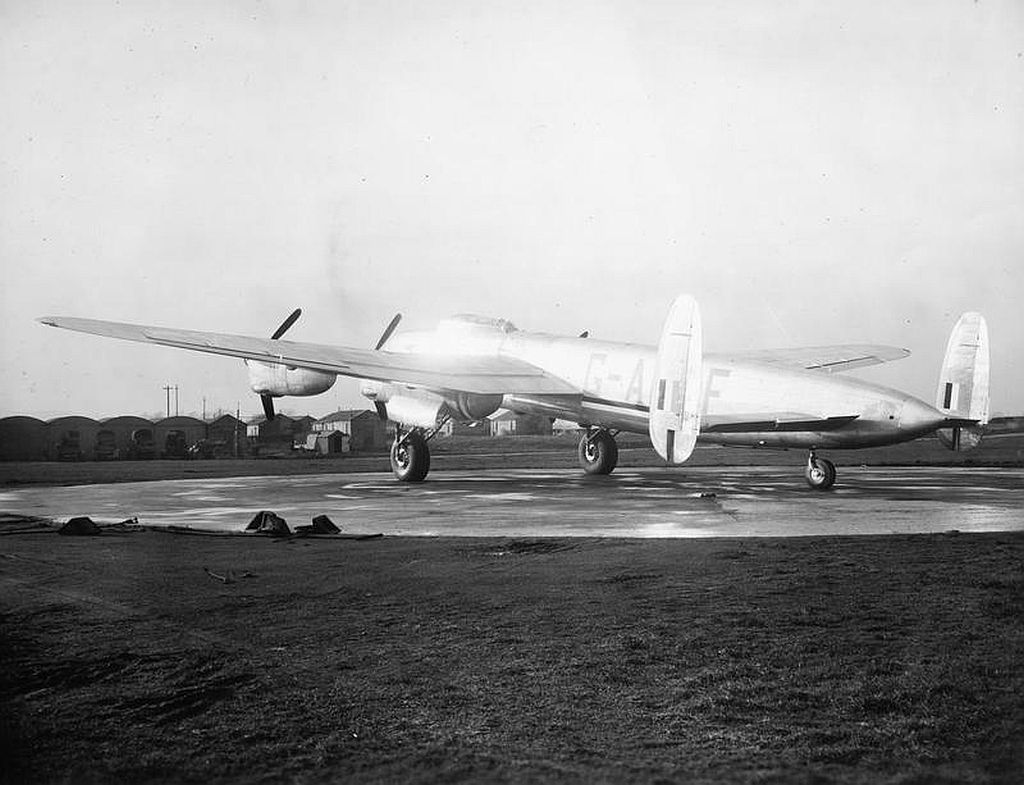
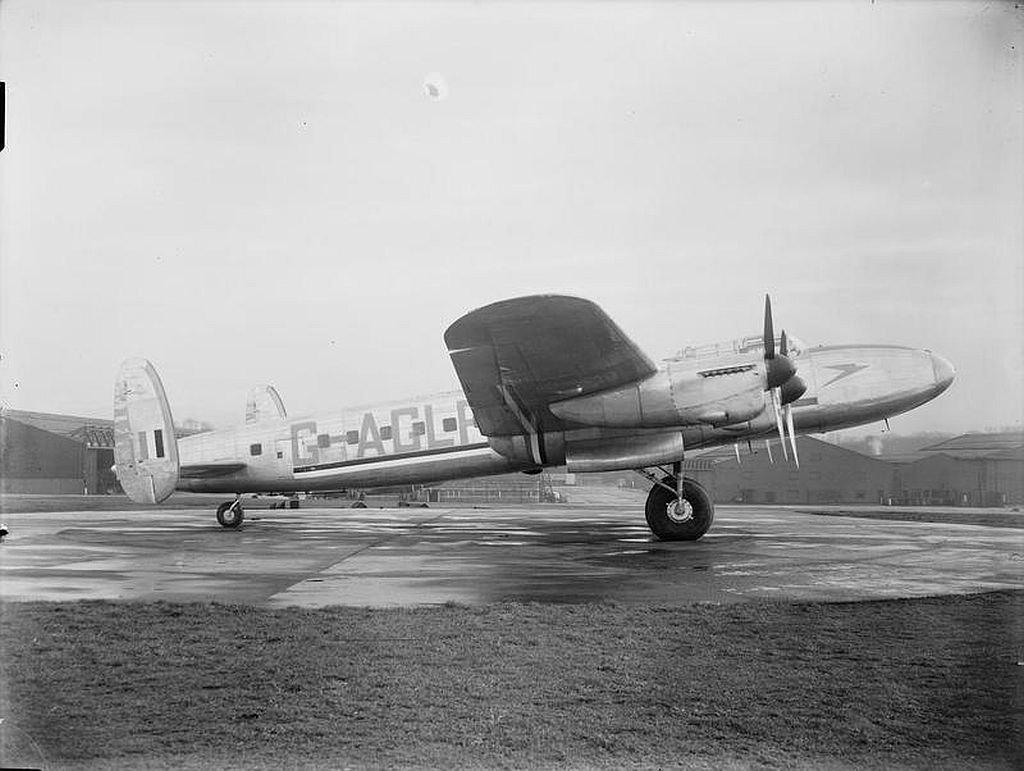
Below Avro Lancastrian Mark I G-AGLV of the British Overseas Airways Corporation on the ground at Hurn Hampshire before taking off on the inaugural BOAC-QANTAS flight to Sydney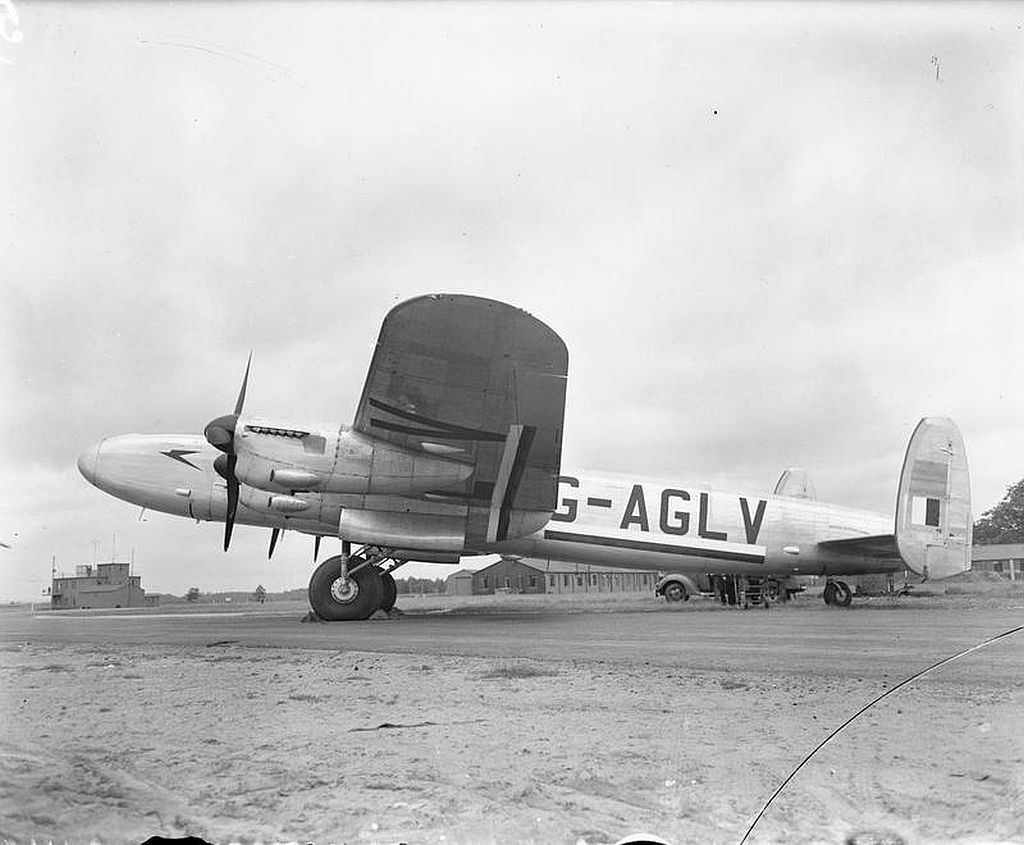
Below RAF Lancastrian VM726 taxiing, believed to be at RNZAF Station Whenuapai.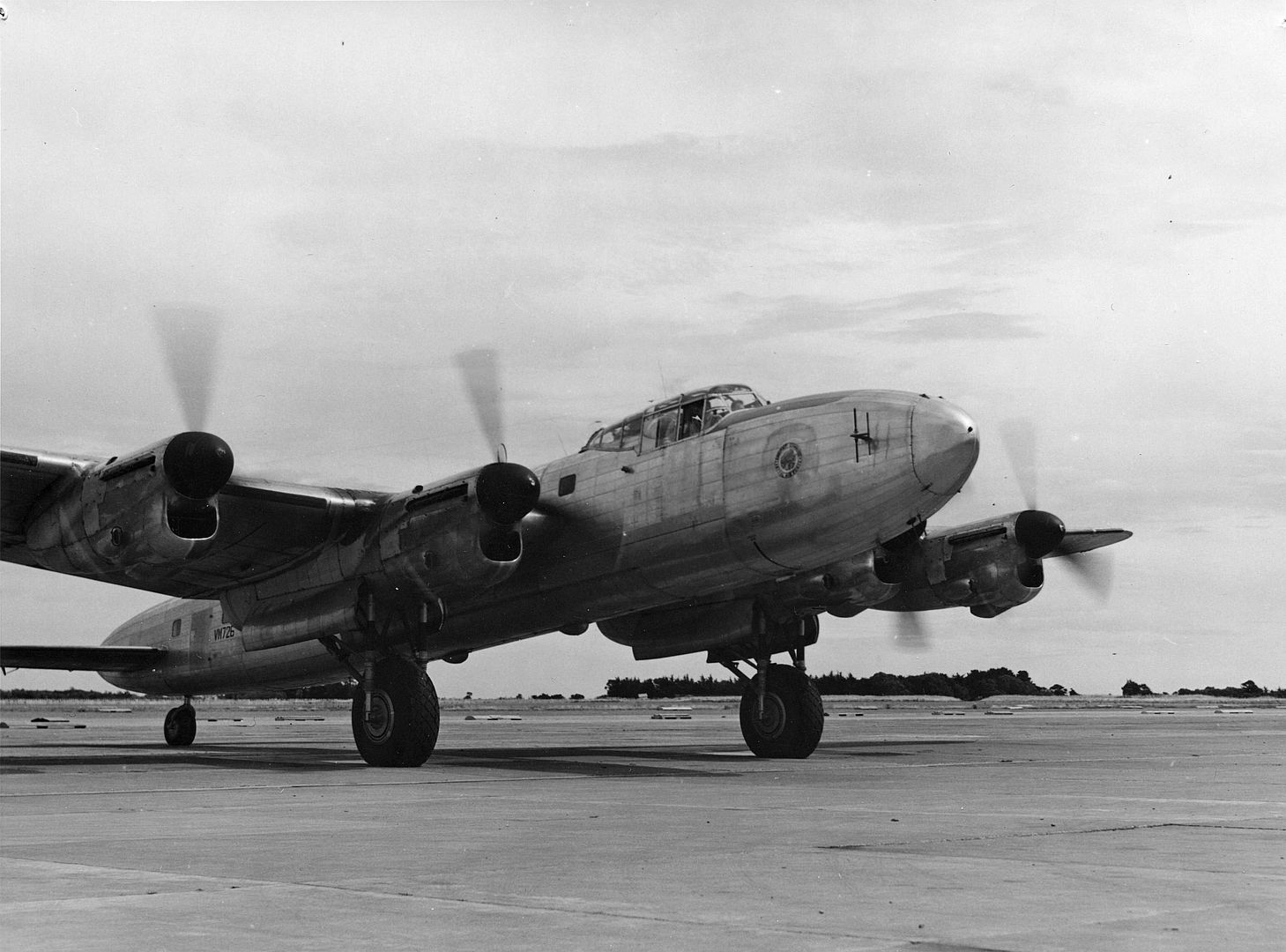
Below Avro Lancastrian at Bofu Airfield, operated by Qantas on behalf of the RAAF when Japan was still under Allied occupation
Below Avro-Lancastrian-Aries-PD328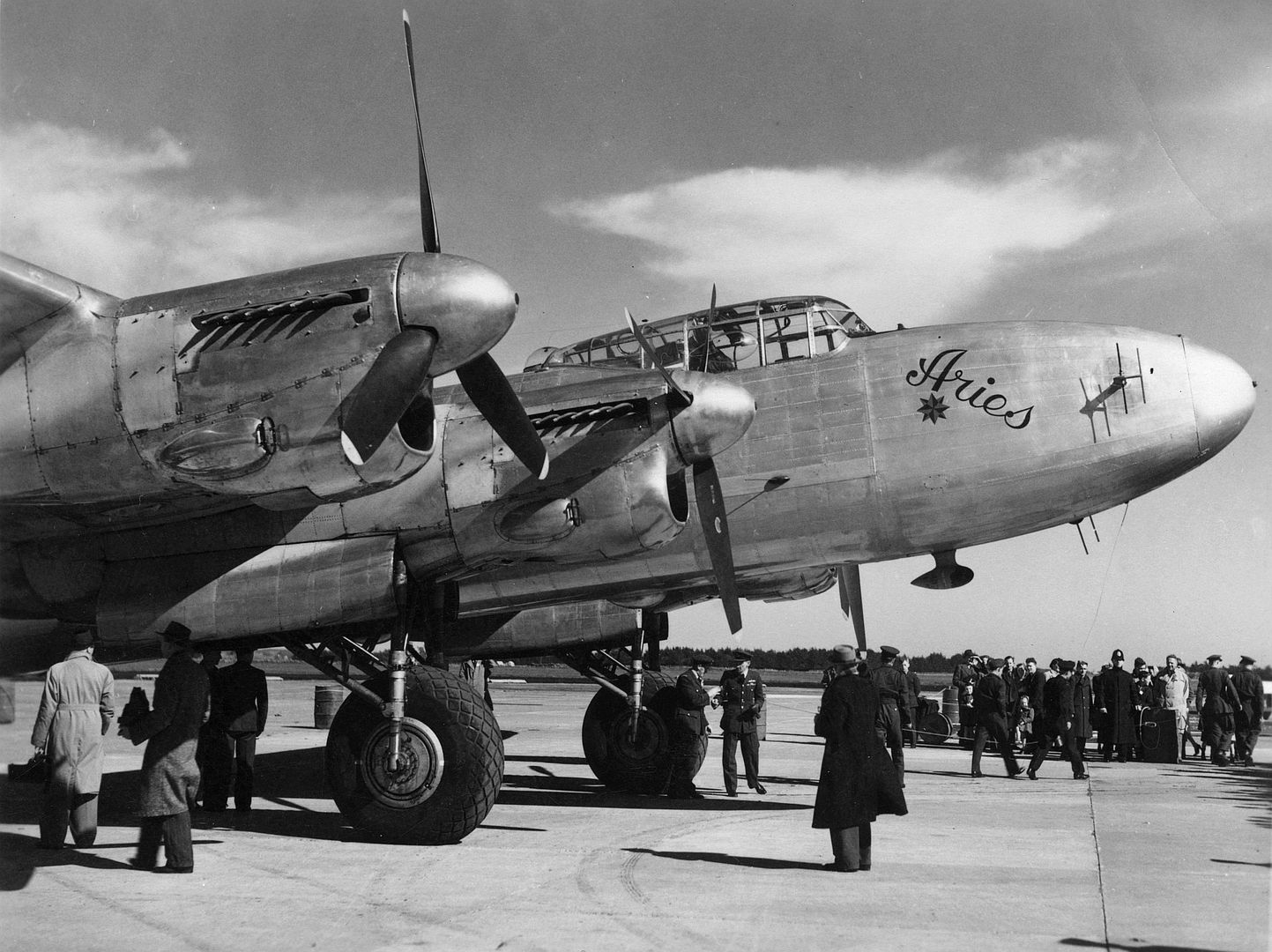
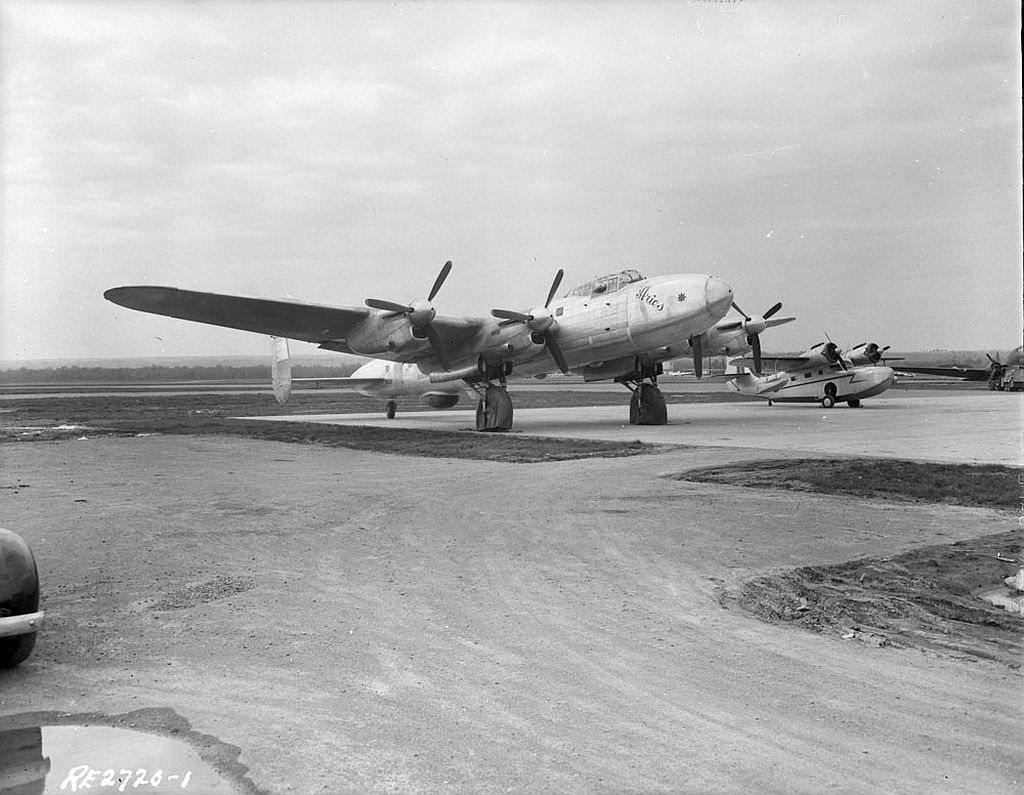
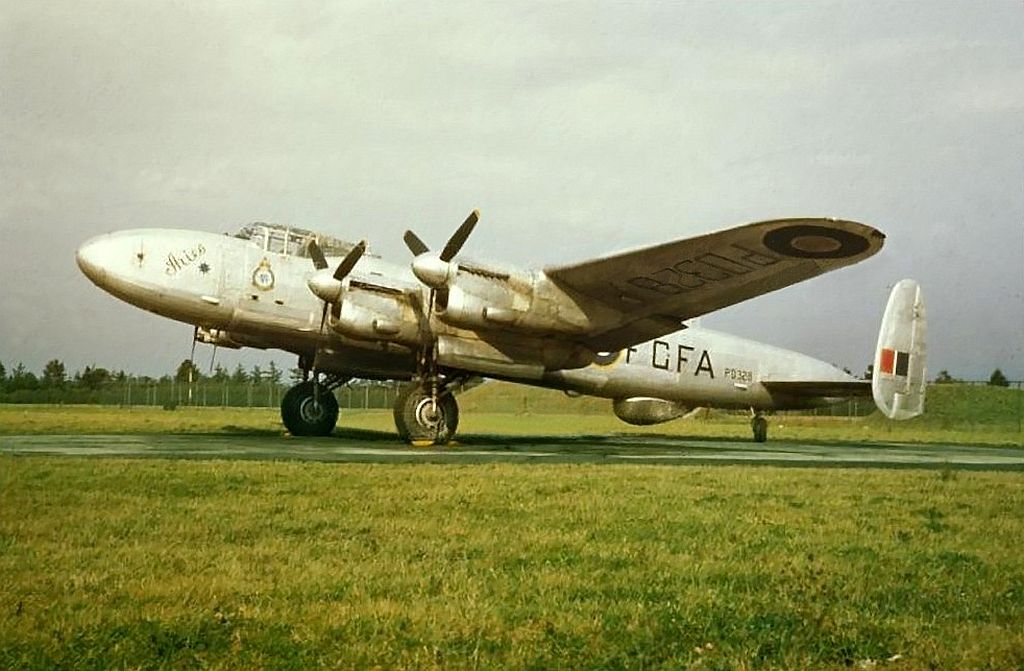
Below Lancastrian G-AHCA of "Skyways" on the ground at Genf-Cointrin, she was destroyed by fire on the ground whilst parked at Dunsford,Sunday 8 December 1946.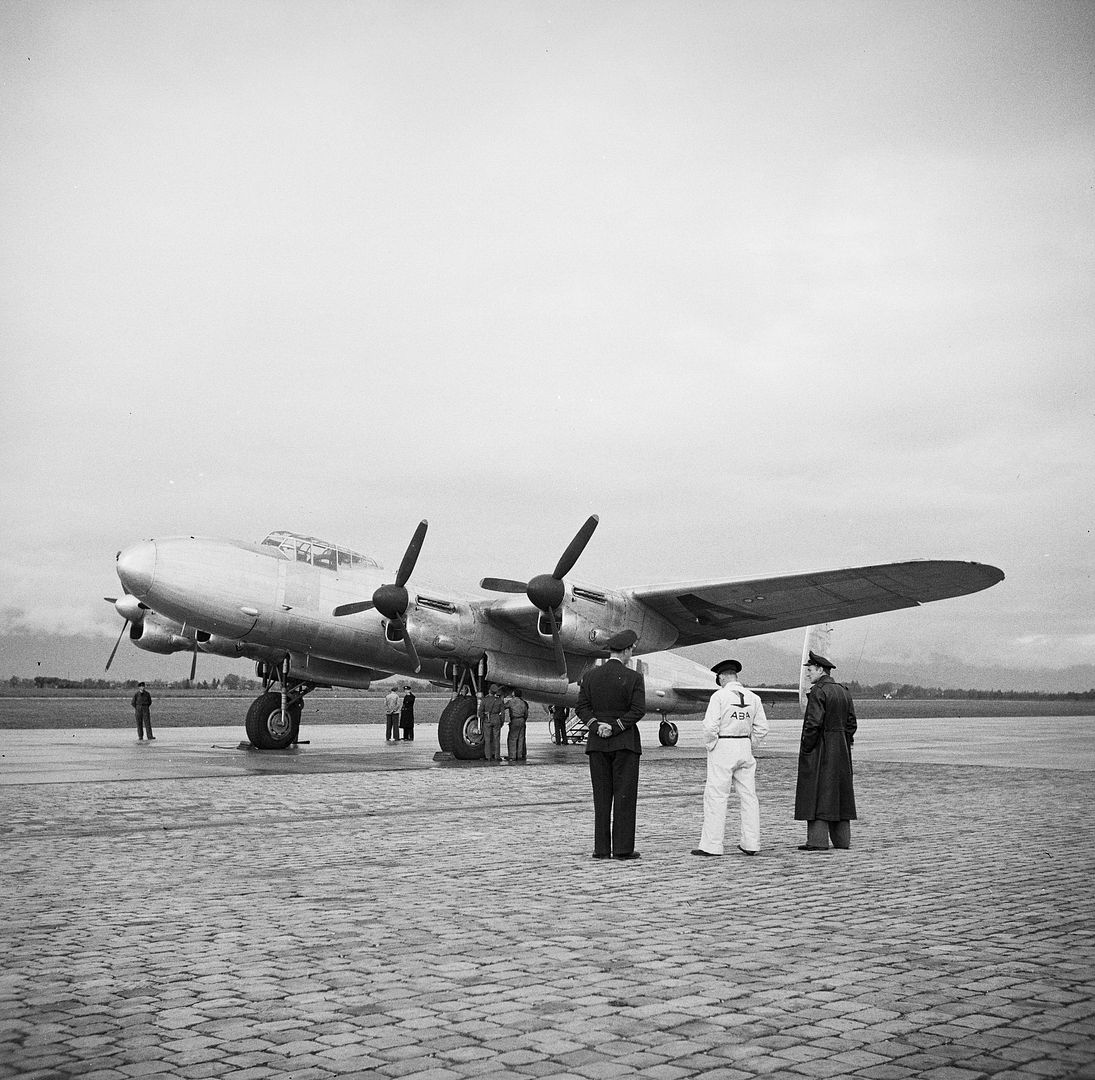
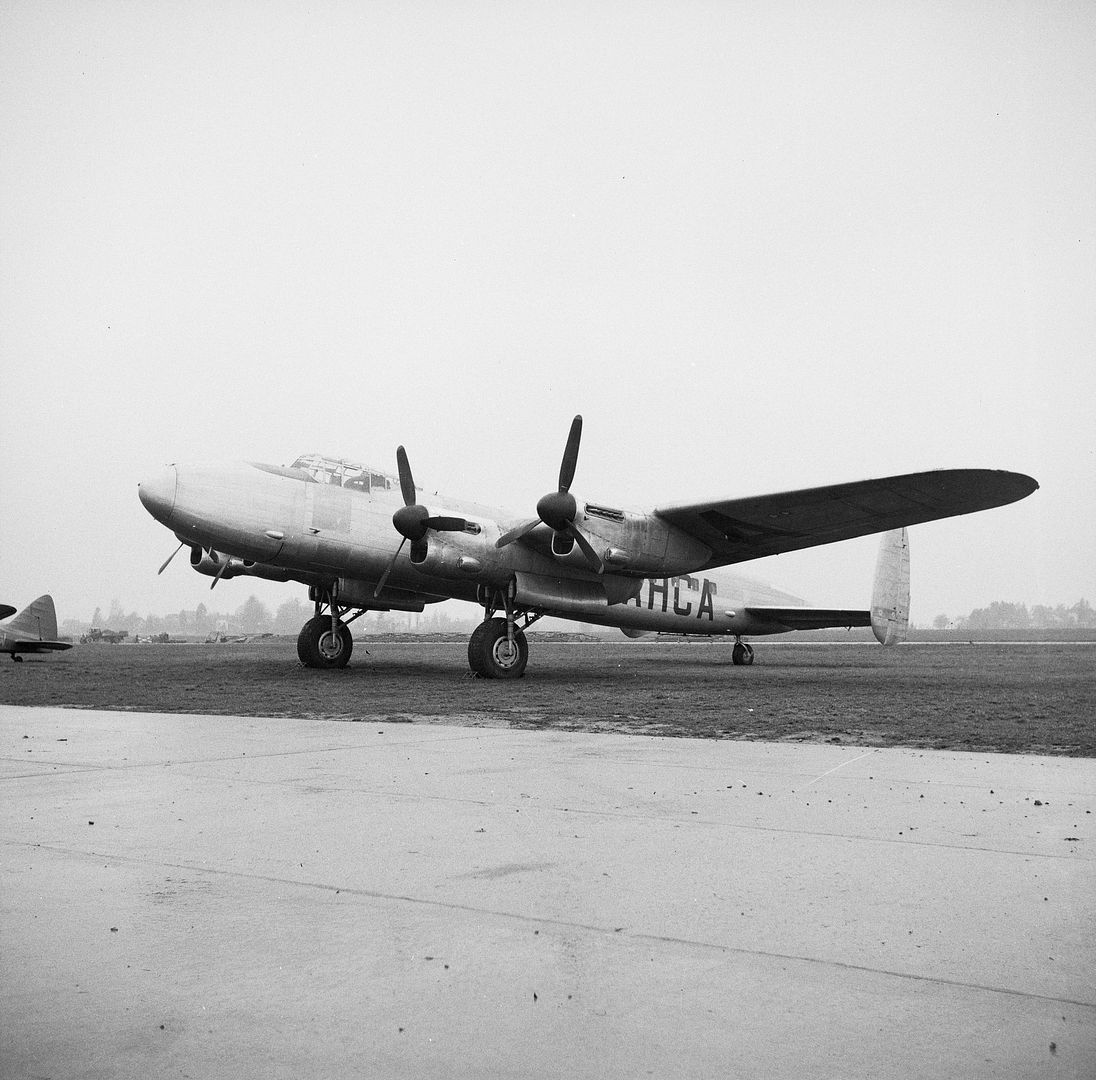
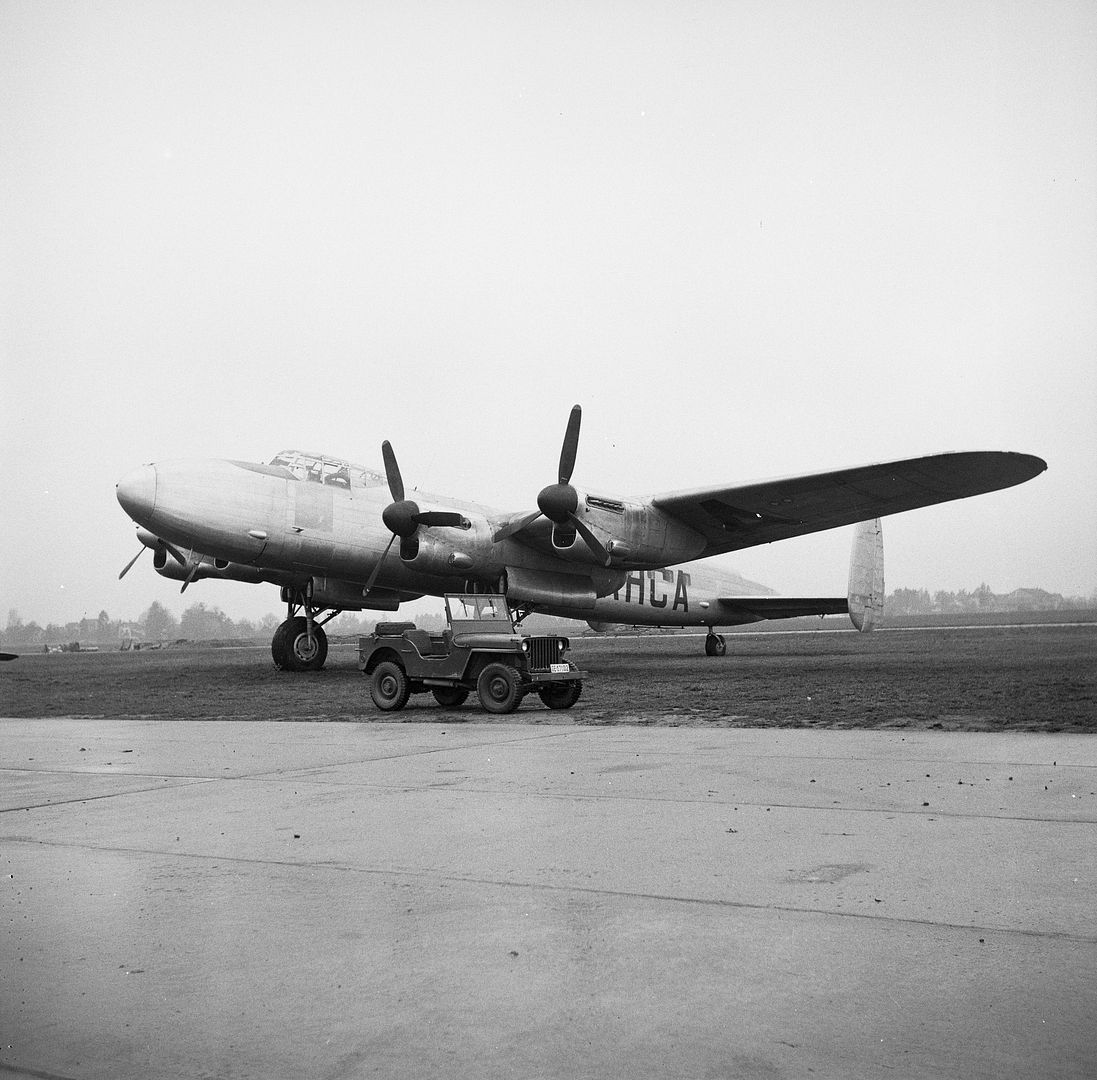

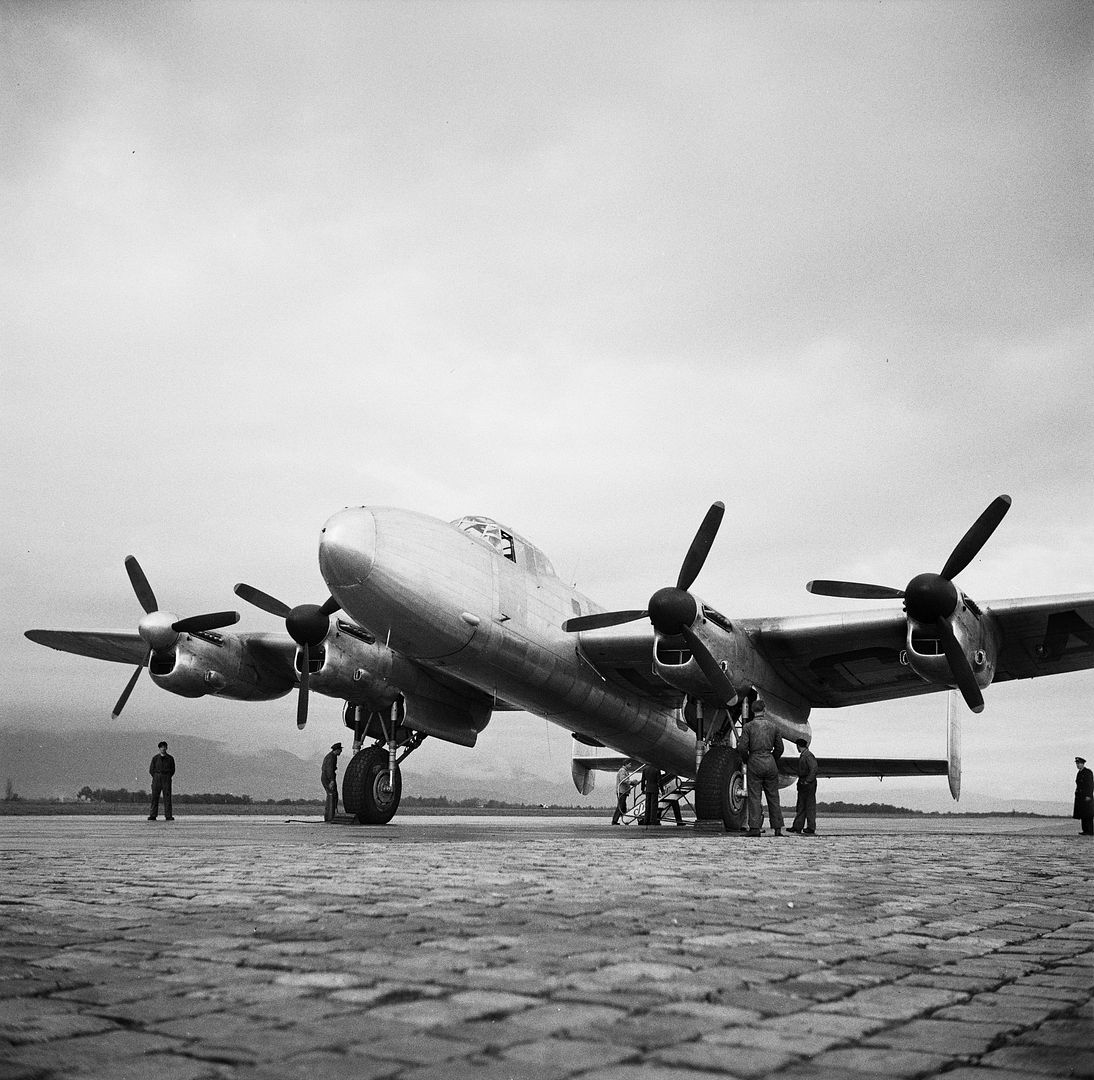
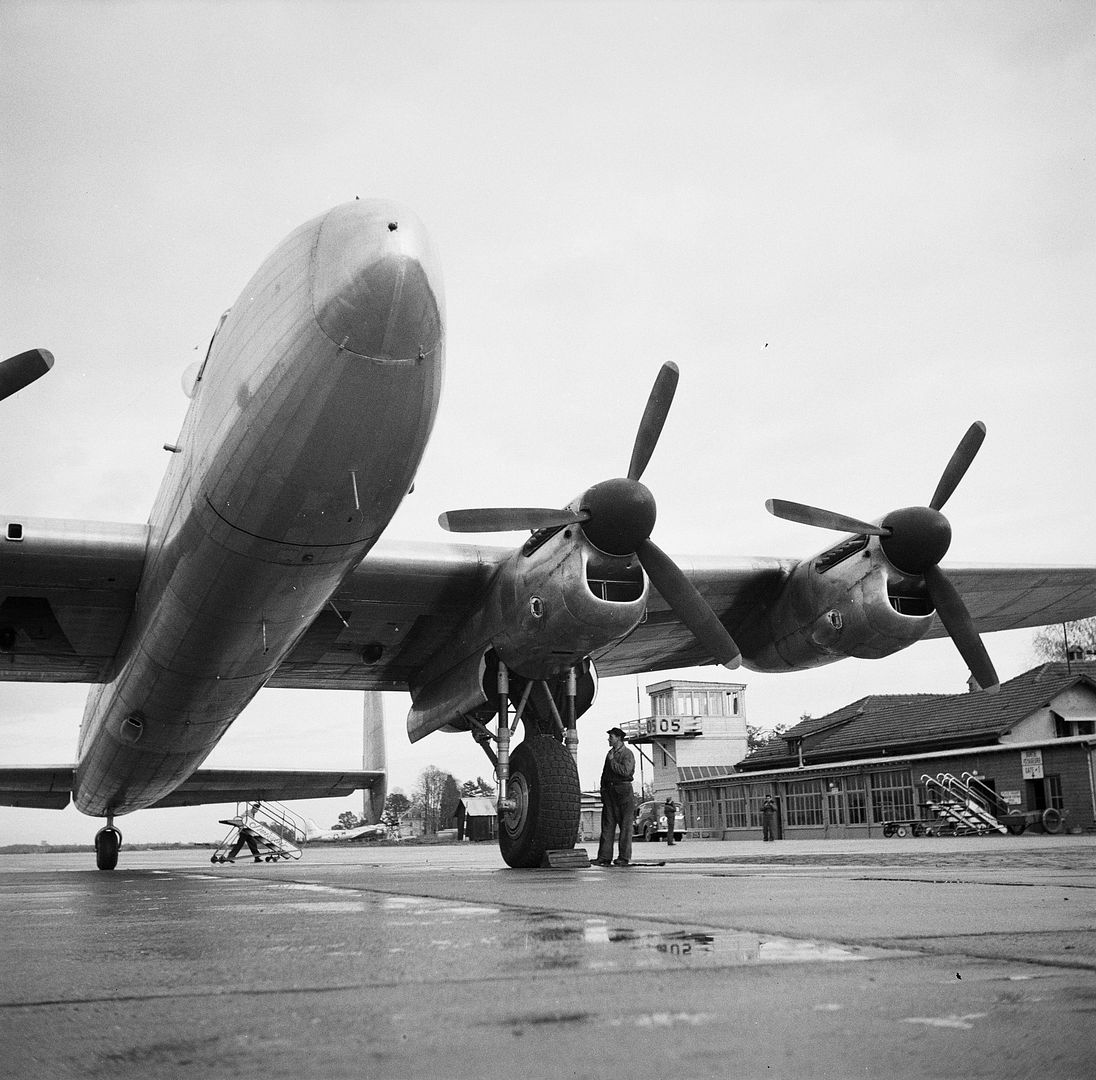
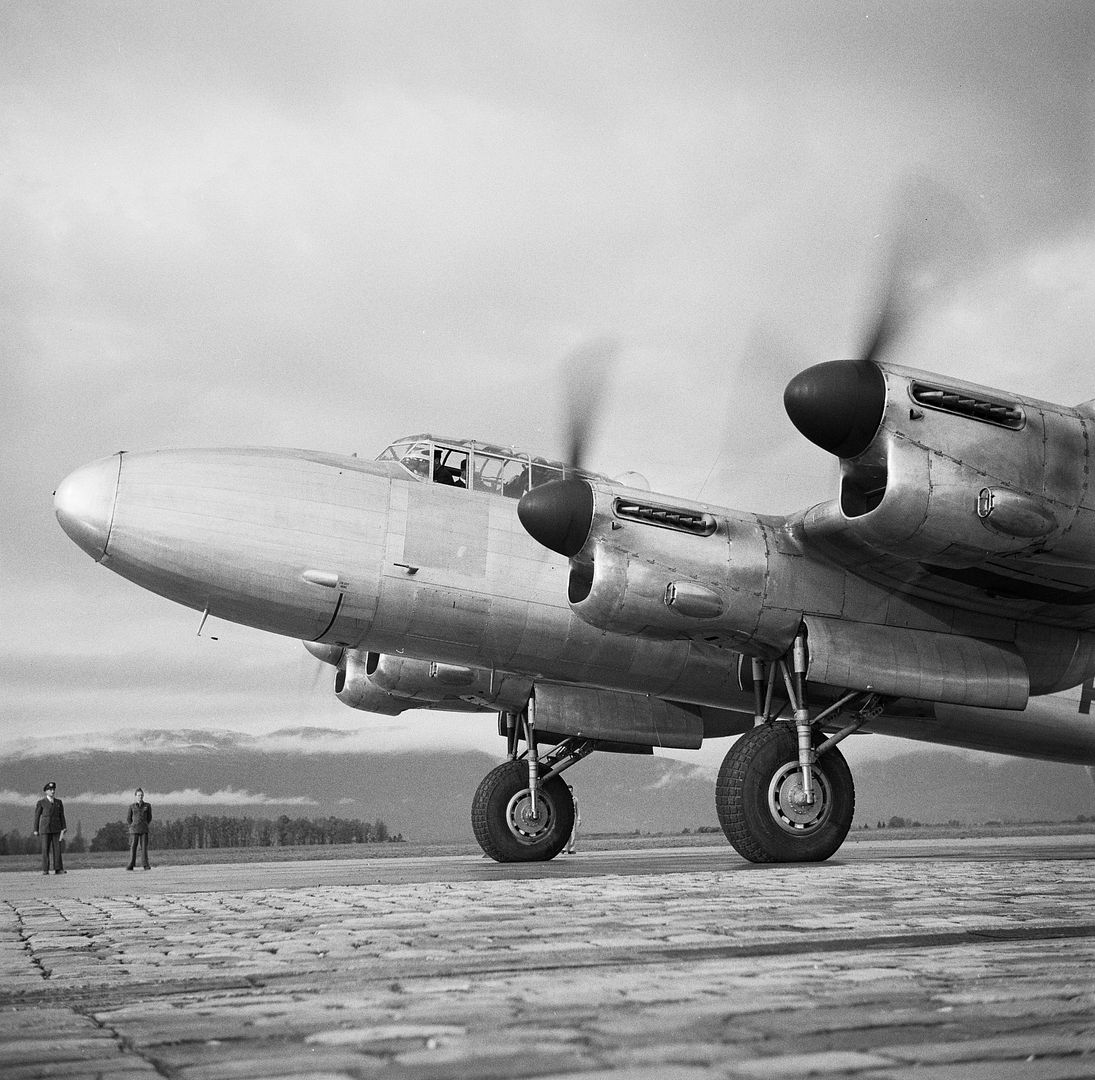
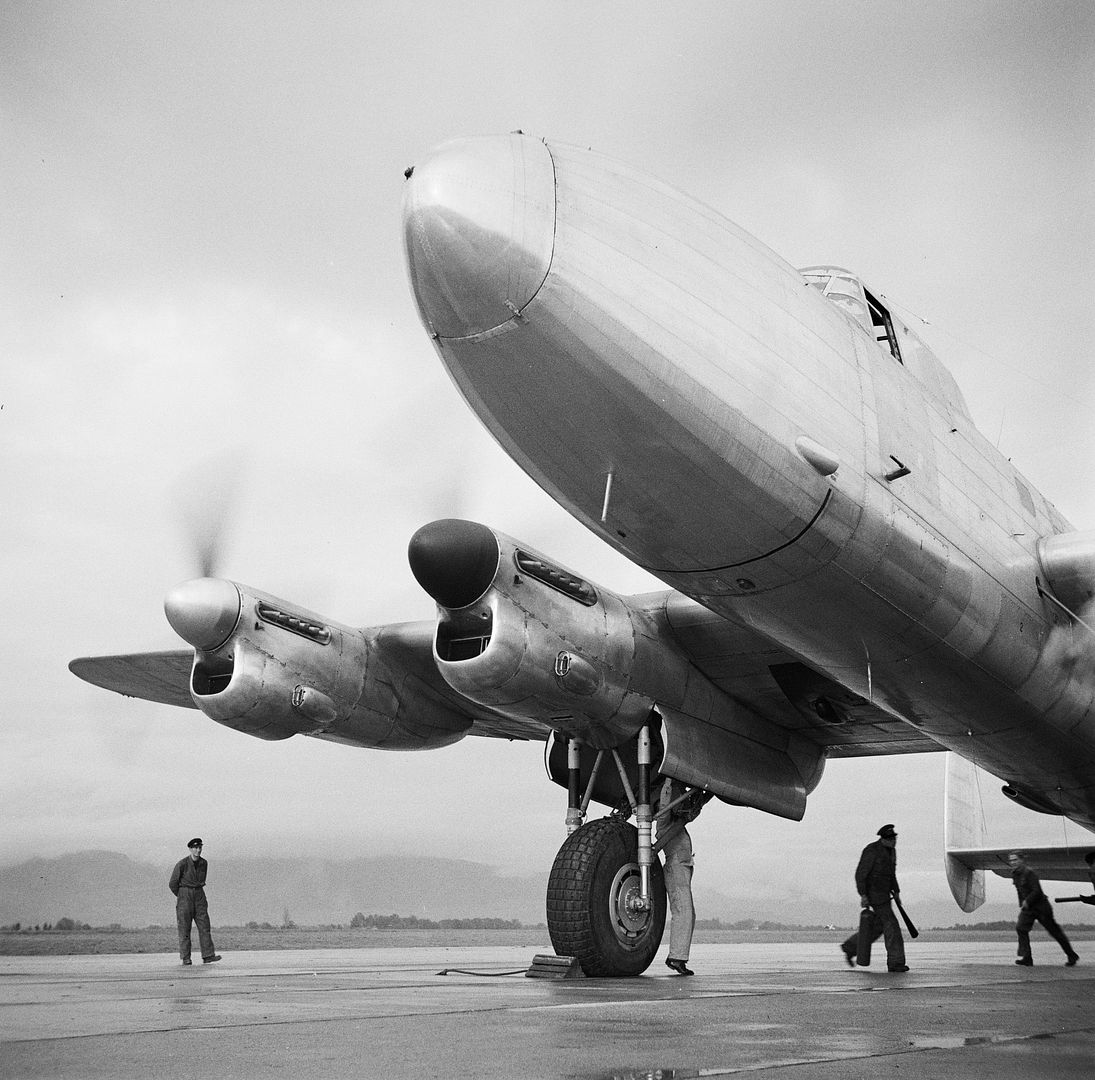
Below Avro Lancastrian of RAF 24 Squadron VM702 taxiing at RAE Farnborough 1945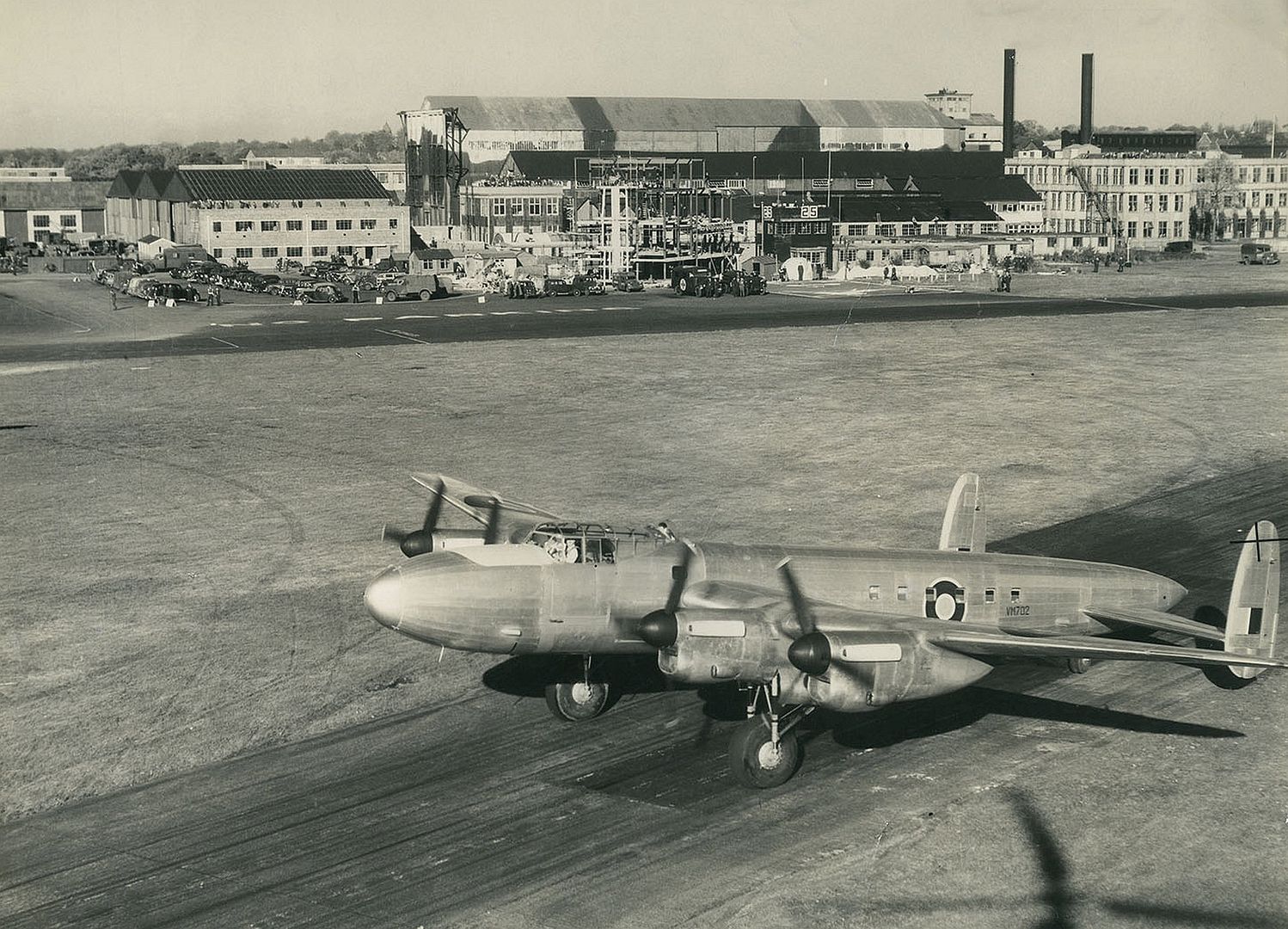
Below a detailed shot of the bomb bay and the spare wheel.
Below taken in Asia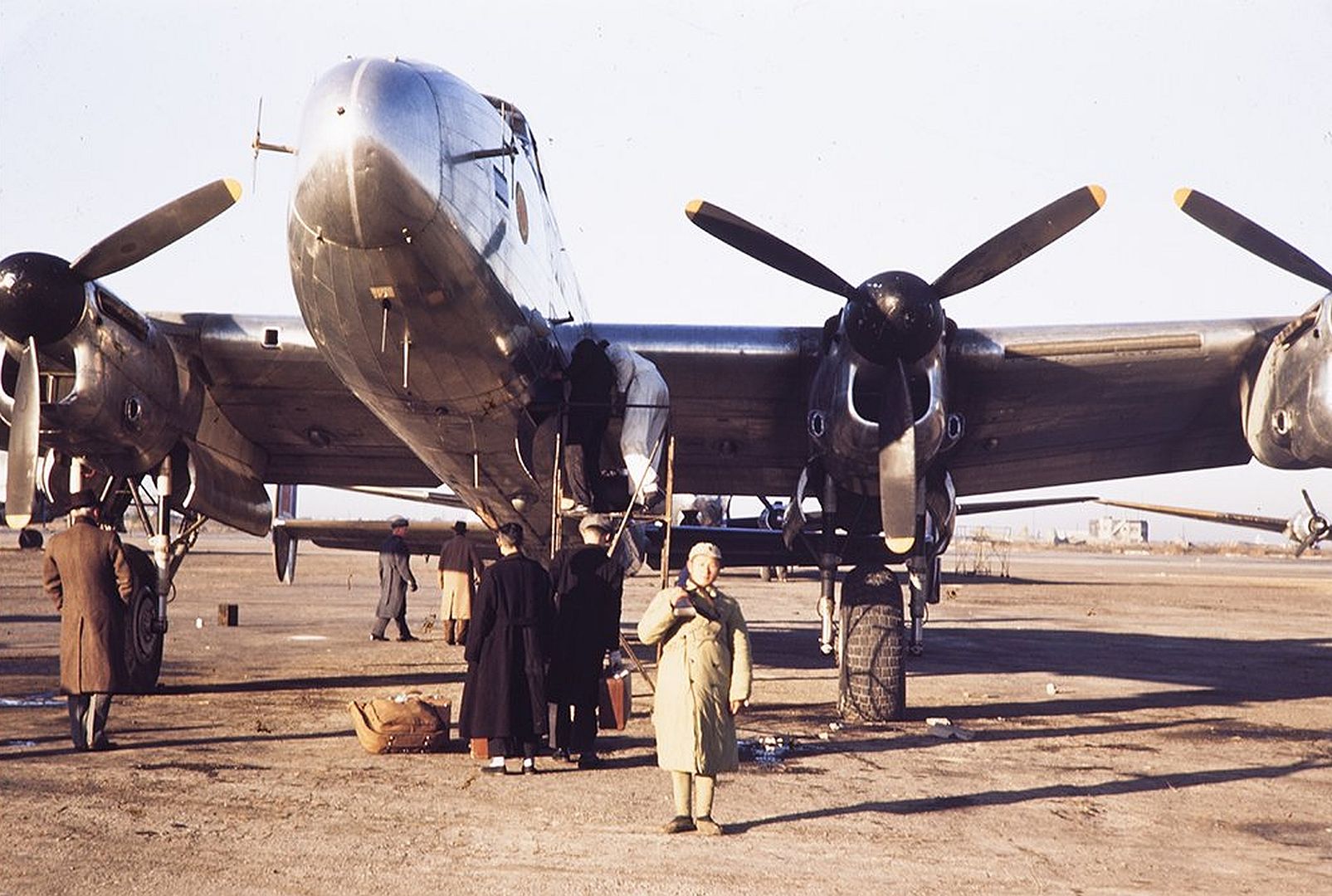
Below taken during the Berlin Airlift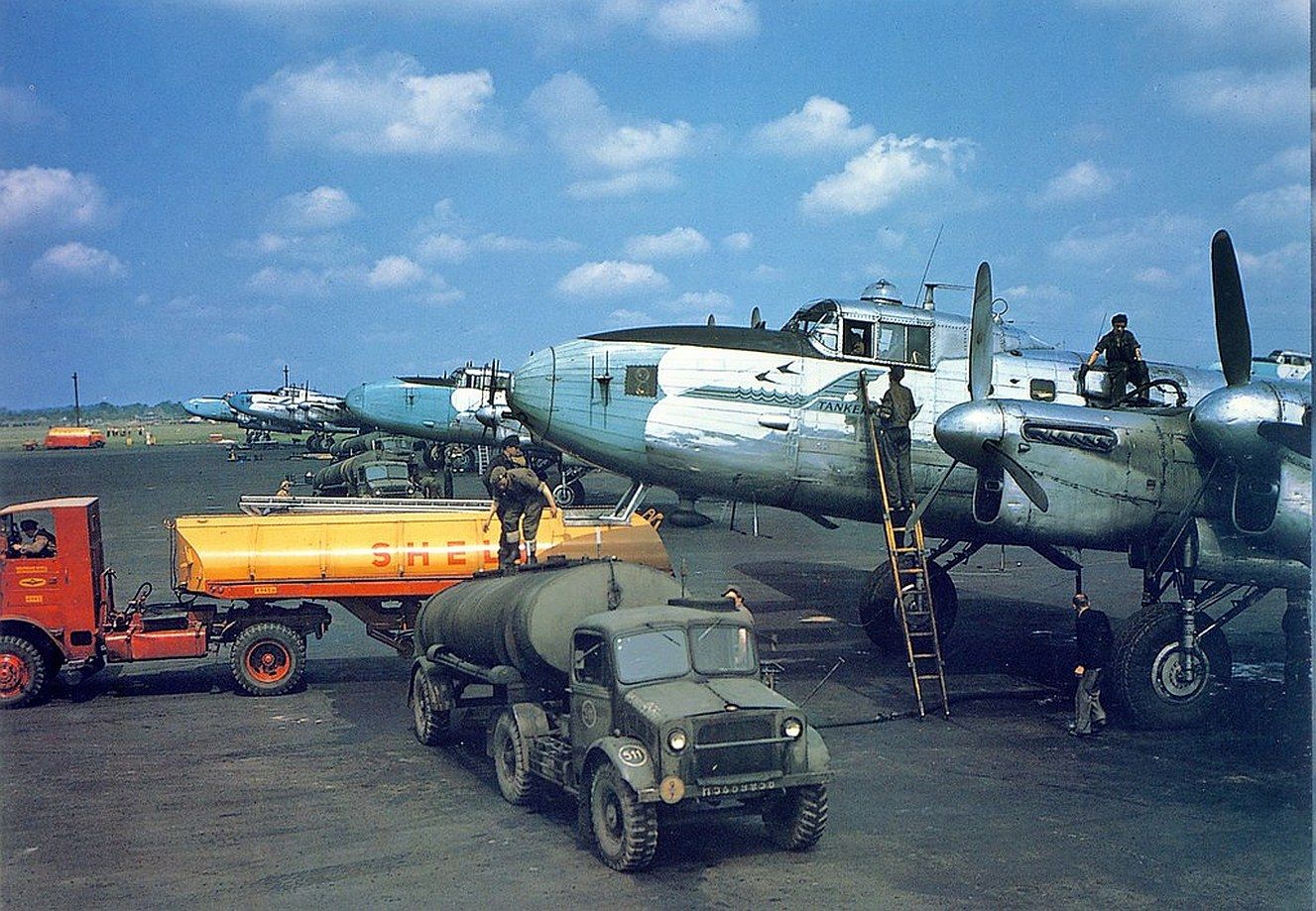
Below Nene-Lancastrian VH742 2x Rolls-Royce Nene + 2x Rolls-Royce Merlin. Flew the first international all-jet passenger flight from London to Paris on 23 November 1946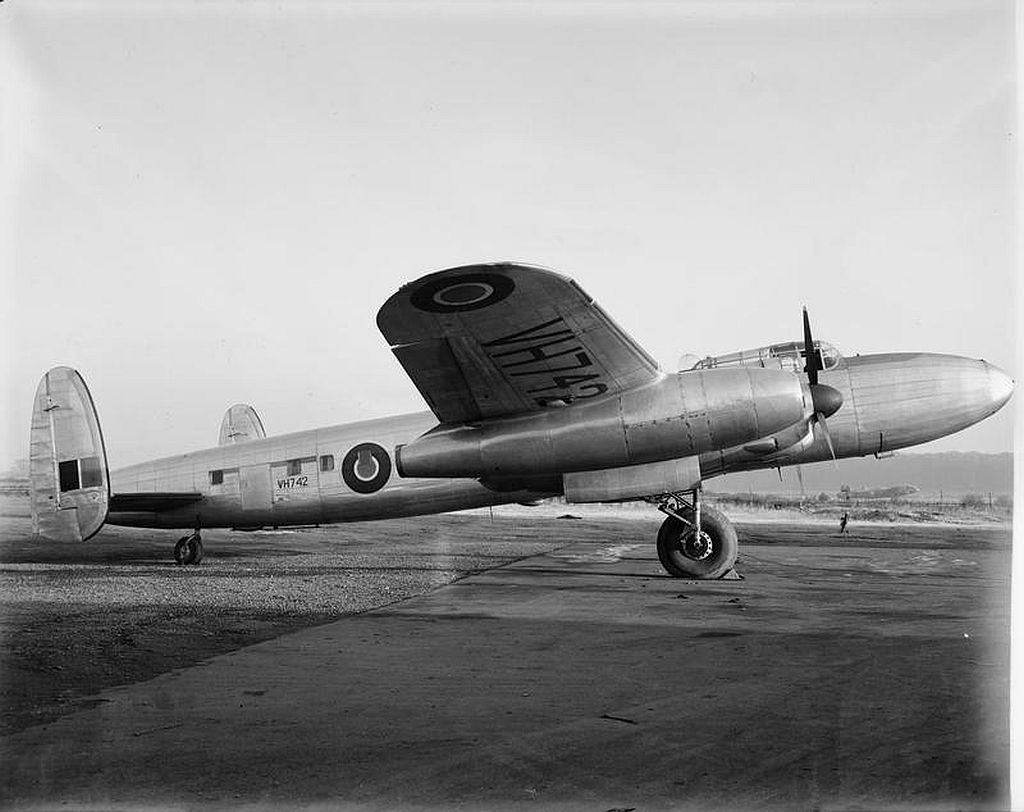
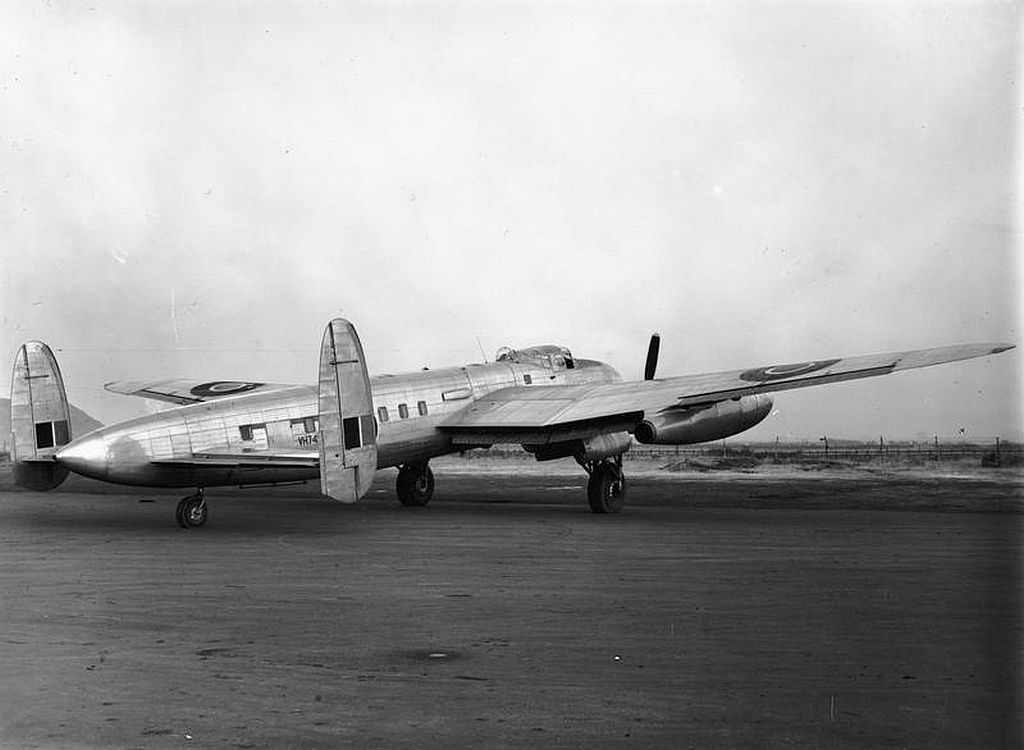
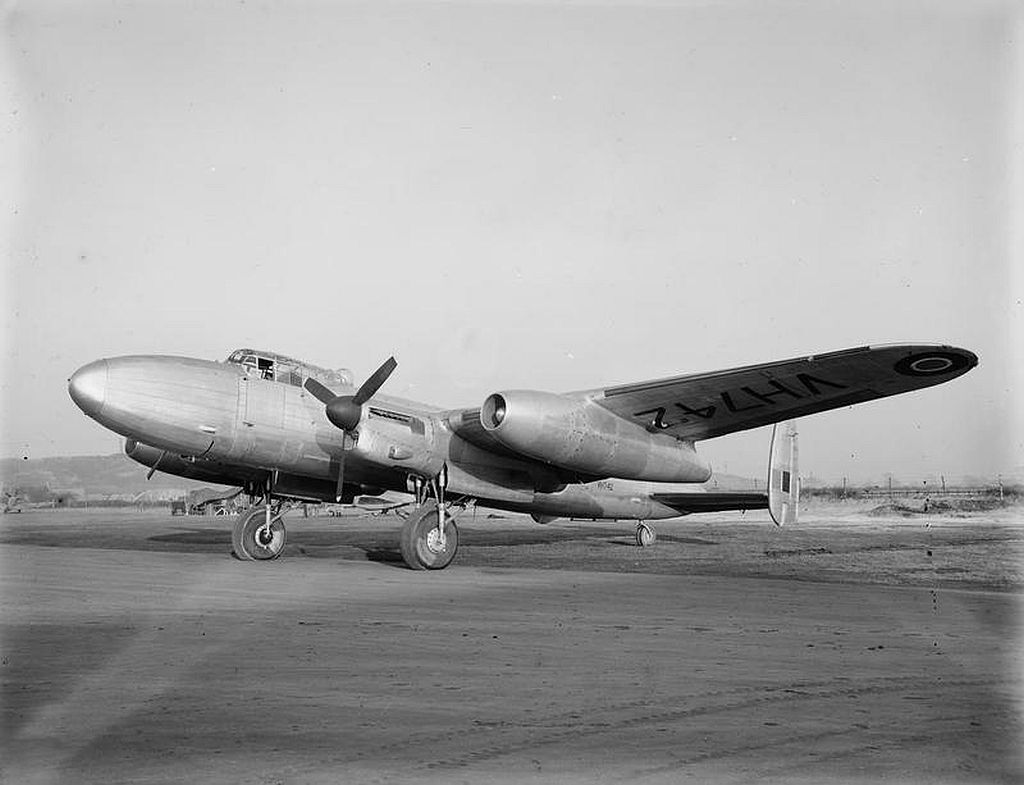

Below Roy Chadwick the designer saying thank you after first Nene Jet flight to Paris 1946, on a Lancastrian.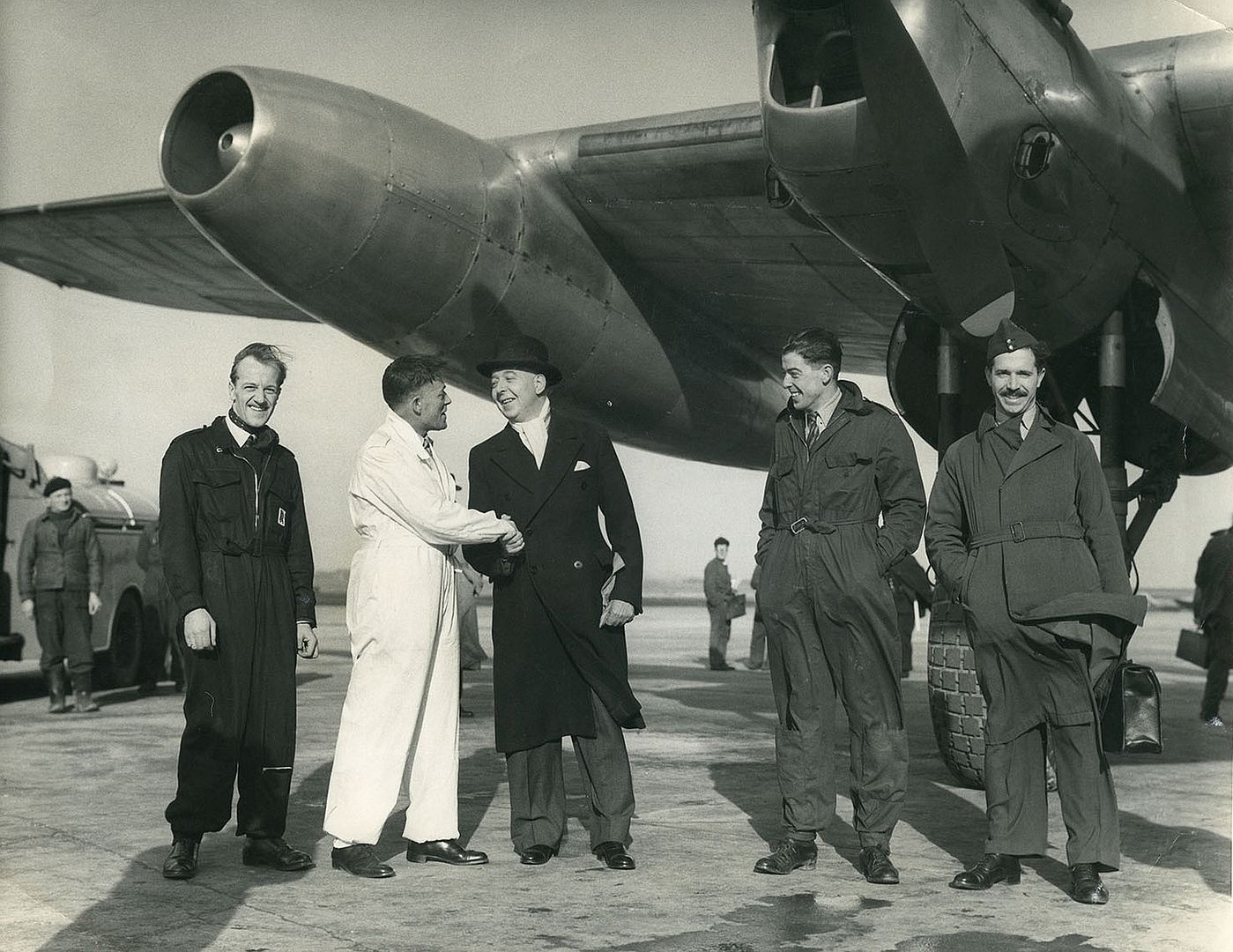
Below Ghost-Lancastrian VM703 2x de Havilland Ghost 50 + 2x Rolls-Royce Merlin + 2x Walter HWK 109-500 RATOG packs.Testing the Engines and takeoff-boost system proposed for the de Havilland Comet 1 airliner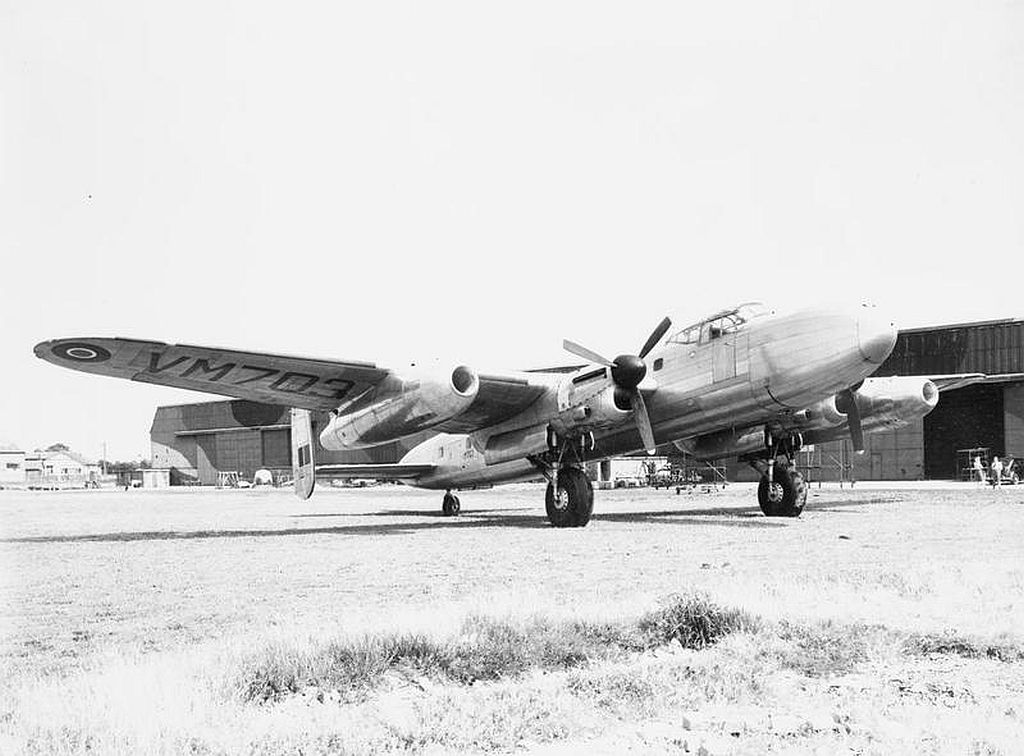
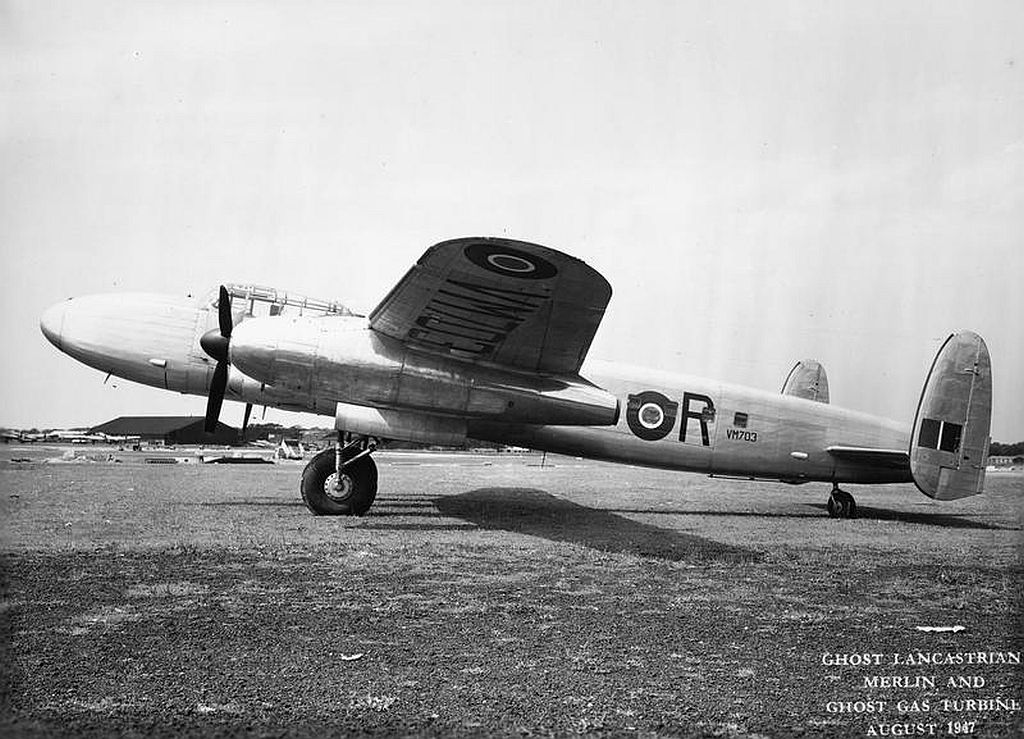
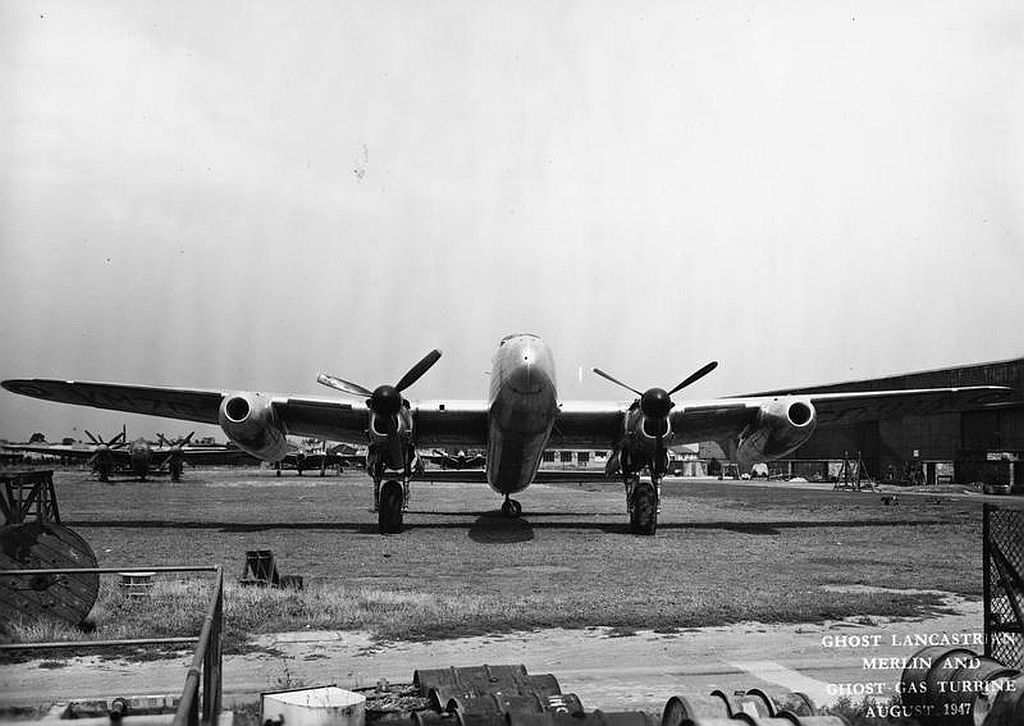
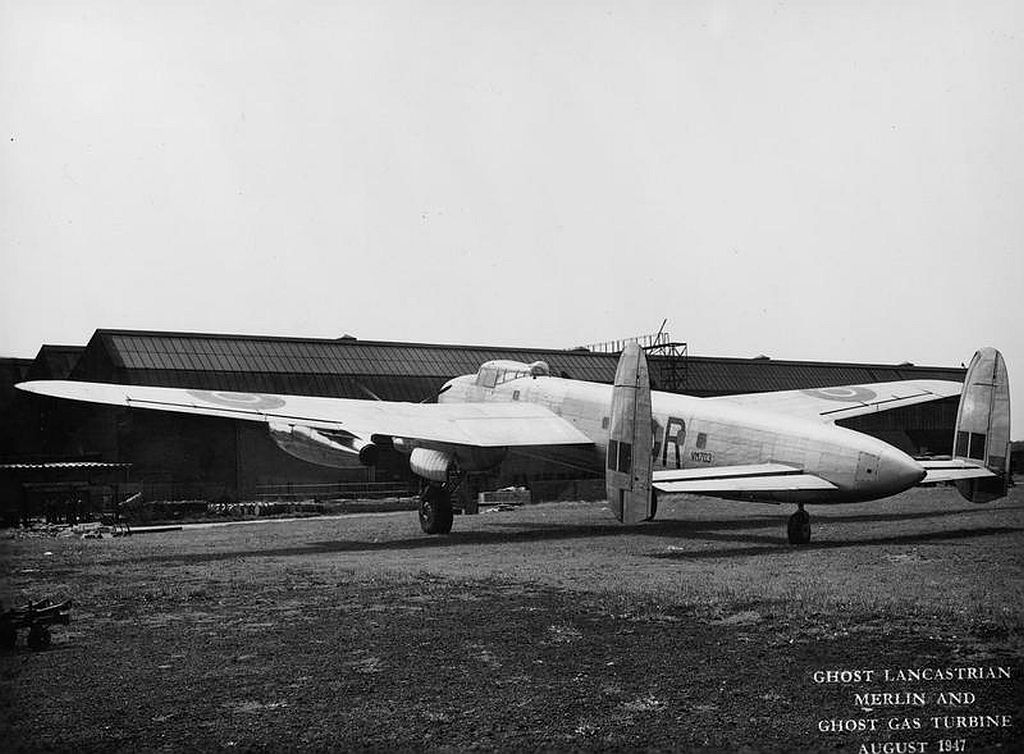
Below Avro Lancastrian VM733, a testbed for the Armstrong Siddeley Sapphire turbojet .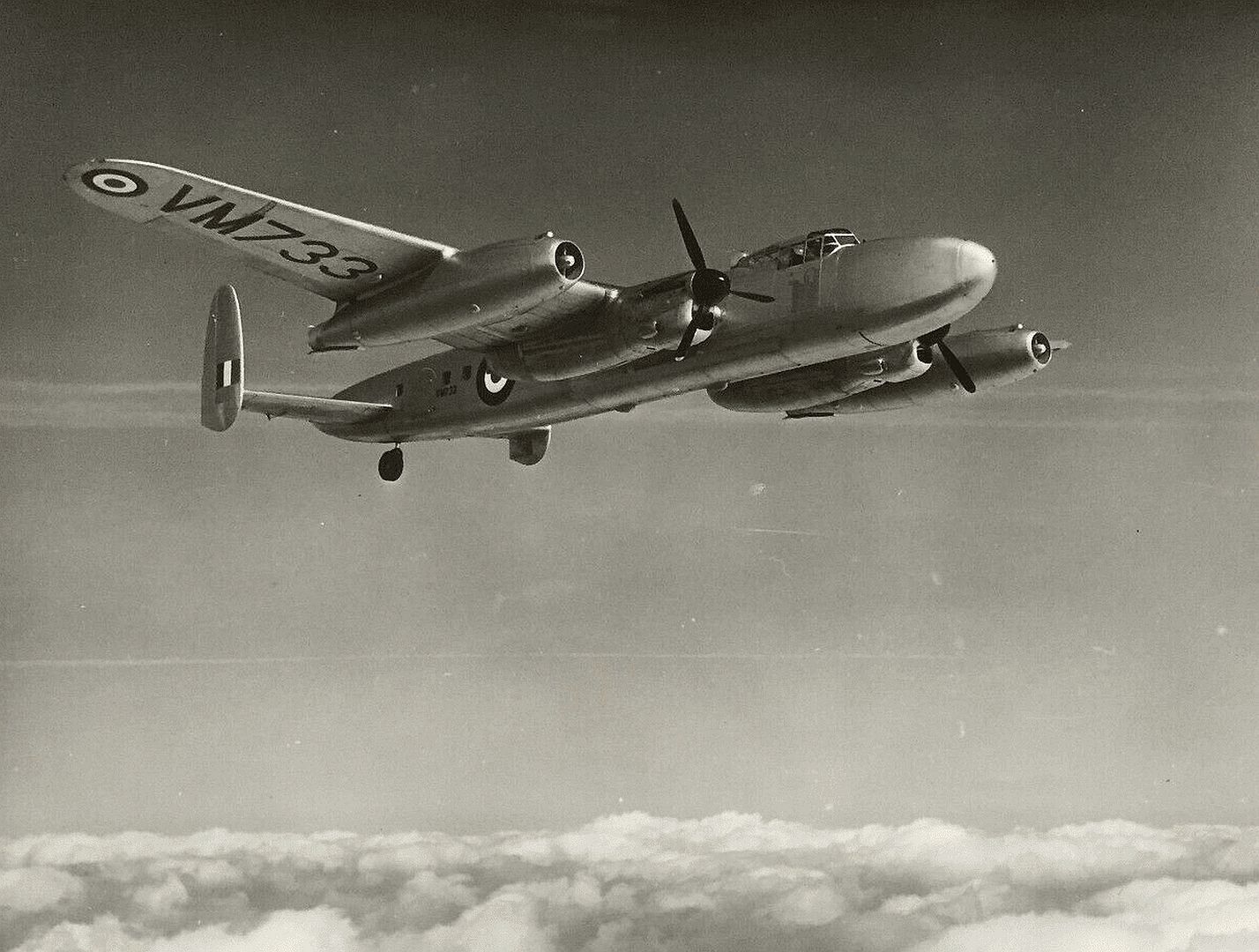
General characteristics
Crew: five
Capacity: nine passengers
Payload: mail (3,560 kg)
Length: 76 ft 10 in (23.4 m)
Wingspan: 102 ft (31.1 m)
Height: 19 ft 6 in (5.9 m)
Wing area: 1,297 ft? (120.5 m?)
Empty weight: 30,423 lb (13,800 kg)
Loaded weight: 64,991 lb (29,480 kg)
Powerplant: 4 ? Rolls-Royce Merlin 12 piston engine, 1,250 hp (930 kW) each
Performance
Maximum speed: 310 mph (499 km/h) at 5,000 ft (1,524 m)
Range: 4,150 mi (6,677 km)
Service ceiling: 23,000 ft (7,010 m)
Rate of climb: 750 ft/min (230 m/min)
Post a reply
- Go to Previous topic
- Go to Next topic
- Go to Welcome
- Go to Introduce Yourself
- Go to General Discussion
- Go to Screenshots, Images and Videos
- Go to Off topic
- Go to Works in Progress
- Go to Skinning Tips / Tutorials
- Go to Skin Requests
- Go to IJAAF Library
- Go to Luftwaffe Library
- Go to RAF Library
- Go to USAAF / USN Library
- Go to Misc Library
- Go to The Ops Room
- Go to Made in Germany
- Go to Campaigns and Missions
- Go to Works in Progress
- Go to Juri's Air-Raid Shelter
- Go to Campaigns and Missions
- Go to Works in Progress
- Go to Skinpacks
- Go to External Projects Discussion
- Go to Books & Resources
